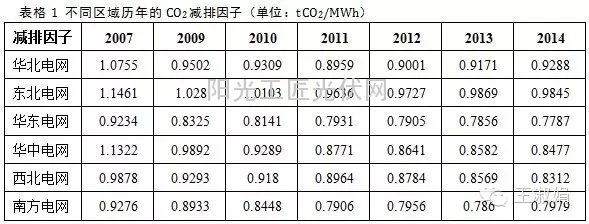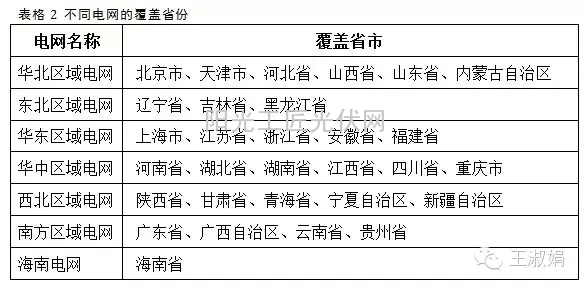Photovoltaics is a green energy source and has the characteristic of reducing greenhouse gas carbon dioxide (CO2) emissions. This point is beyond doubt. However, how much CO2 is reduced by the amount of electricity that each PV project generates?
First of all, we must make it clear what the basis for our calculation of emission reductions is.
The benchmark for emission reduction calculations should be the electricity we use daily, not just thermal power. According to the data released by previous countries, as of the end of 2014, 11.3% of the country's electricity consumption was renewable (non-emission of CO2). Therefore, of the electricity we use daily, there is originally no emission of CO2. If you simply consider all thermal power, it will lead to large results.
Second, we must make it clear that due to geographical differences, the intensity of CO2 emission from different regions in China is different.
In other words, the amount of CO2 produced by the first-time electric emission is different between Beijing and Shanghai. It is certainly an area with high technological level and high proportion of renewable energy, with low emissions.
Again, we must make it clear that our baseline of emission reductions can represent both the average technical level of the society and the most advanced level of technology.
The CO2 emission intensity of ultra-supercritical units is certainly low, but not all thermal power plants have ultra-supercritical conditions. So, are we based on the emission levels of ultra-supercritical units or the current average social level? It seems that there is reason for which standard to adopt. At present, the commonly used scheme is to adopt a weighted average of "average technical level" and "the most advanced technological level."
In view of the above three premises, our country's CO2 emission baseline is calculated in this way.
1. According to the coverage of the power grid, the country is divided into six regions. Within each region, an emission reduction factor is calculated based on total emissions (coal, oil, gas) and total power generation (thermal power, hydropower, and other renewable energy sources). Moreover, this emission reduction factor changes with changes in the annual emissions and power generation data.
2. Emission factor EF = 75% EFOM + 25% EFBM
Among them, EFOM represents the average level of society, and EFBM represents the most advanced level of technology.
According to the annual emission reduction data released by the Climate Division of the National Development and Reform Commission, the following emission reduction factors have been formulated.

Remarks: Due to the lag in data acquisition, annual emission reduction factors are calculated using data from the first 3 to 5 years of the year. For example, the emission reduction factor in 2012 was calculated using data from 2008 to 2010.

Through Table 1 and Table 2, we can refer to the emission reduction factors for each province and year. For instance, in 2013, when Zhejiang Province's photovoltaic projects produced 1 MWh of electricity, 0.7856 tons of CO2 would be reduced. In Jilin Province, for every 1 MWh of electricity produced by photovoltaic projects, 0.9869 tons of CO2 would be reduced. In 2007, these two figures were 0.9234 tons of CO2 and 1.1461 tons of CO2, respectively.
To figure out how to calculate emission reductions, look at the trends over the years. In my imagination, the thermal power generation technology is continuously improving, and the proportion of renewable energy is constantly increasing. That emission reduction factor should be a process of declining year by year. What about the actual situation?

From the above figure, it can be seen that North China and Northeast China have been rising year after year from 2011, and South China Power Grid's 2014 value is also higher than that of 2013.
What caused that? Changes in emission reduction factors reflect the changes in the source structure. The next article gives you an analysis.
American faucet,American streamlined faucet,American streamlined faucet price
Yuyao Zelin Sanitary Ware Co., Ltd , https://www.zelinshower.com